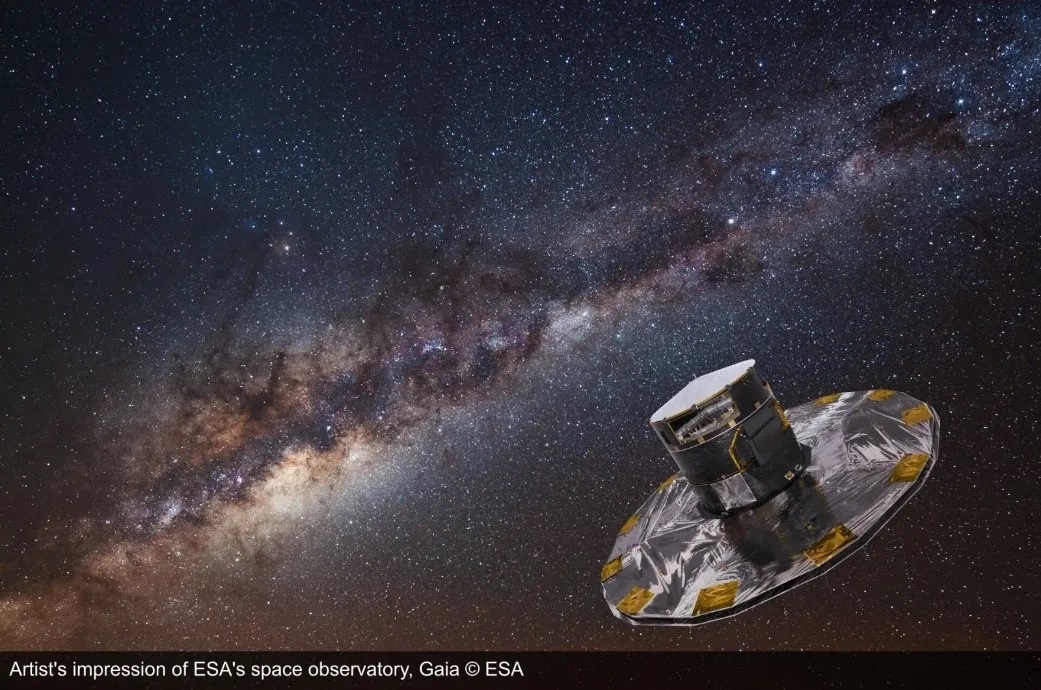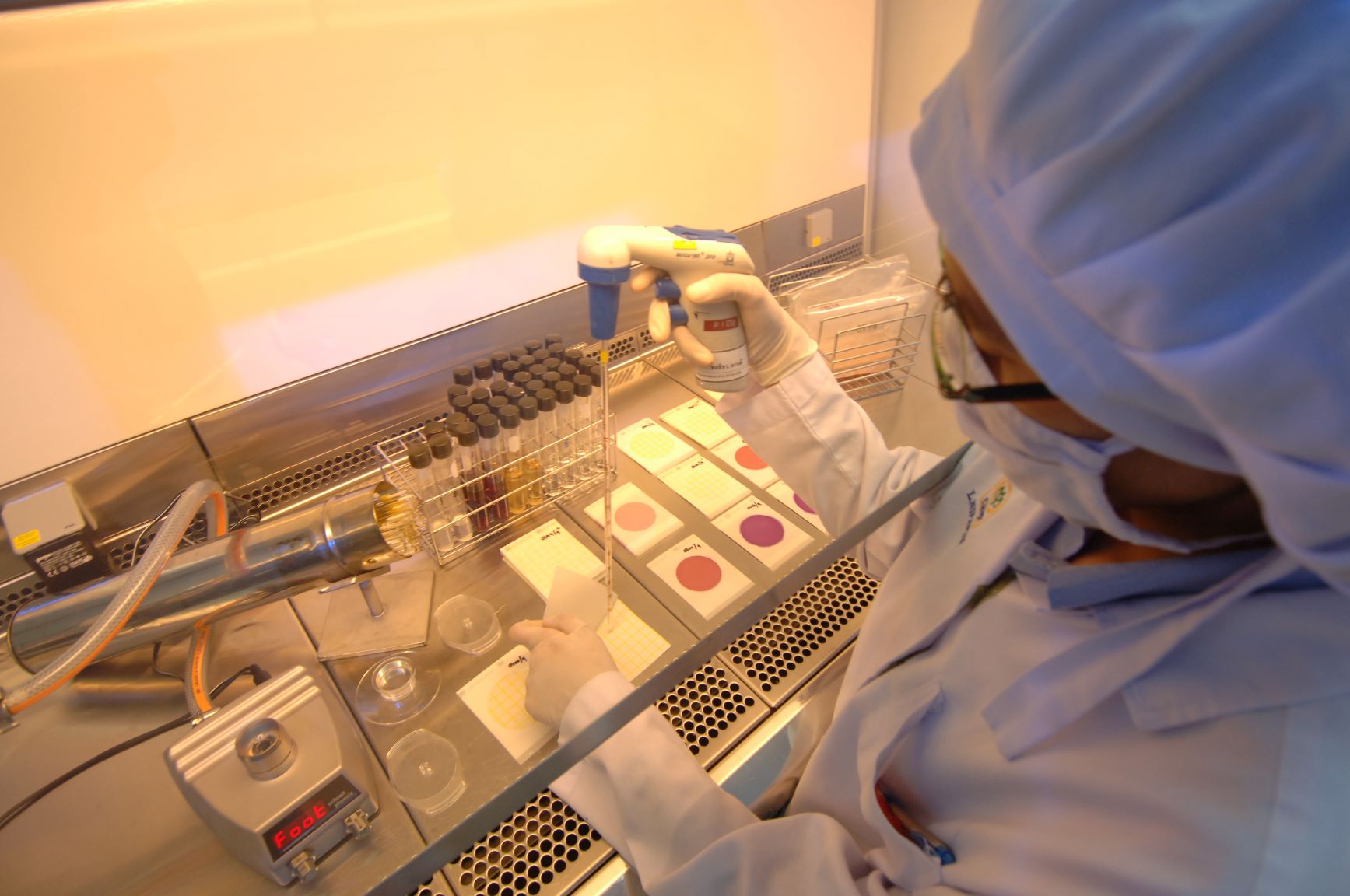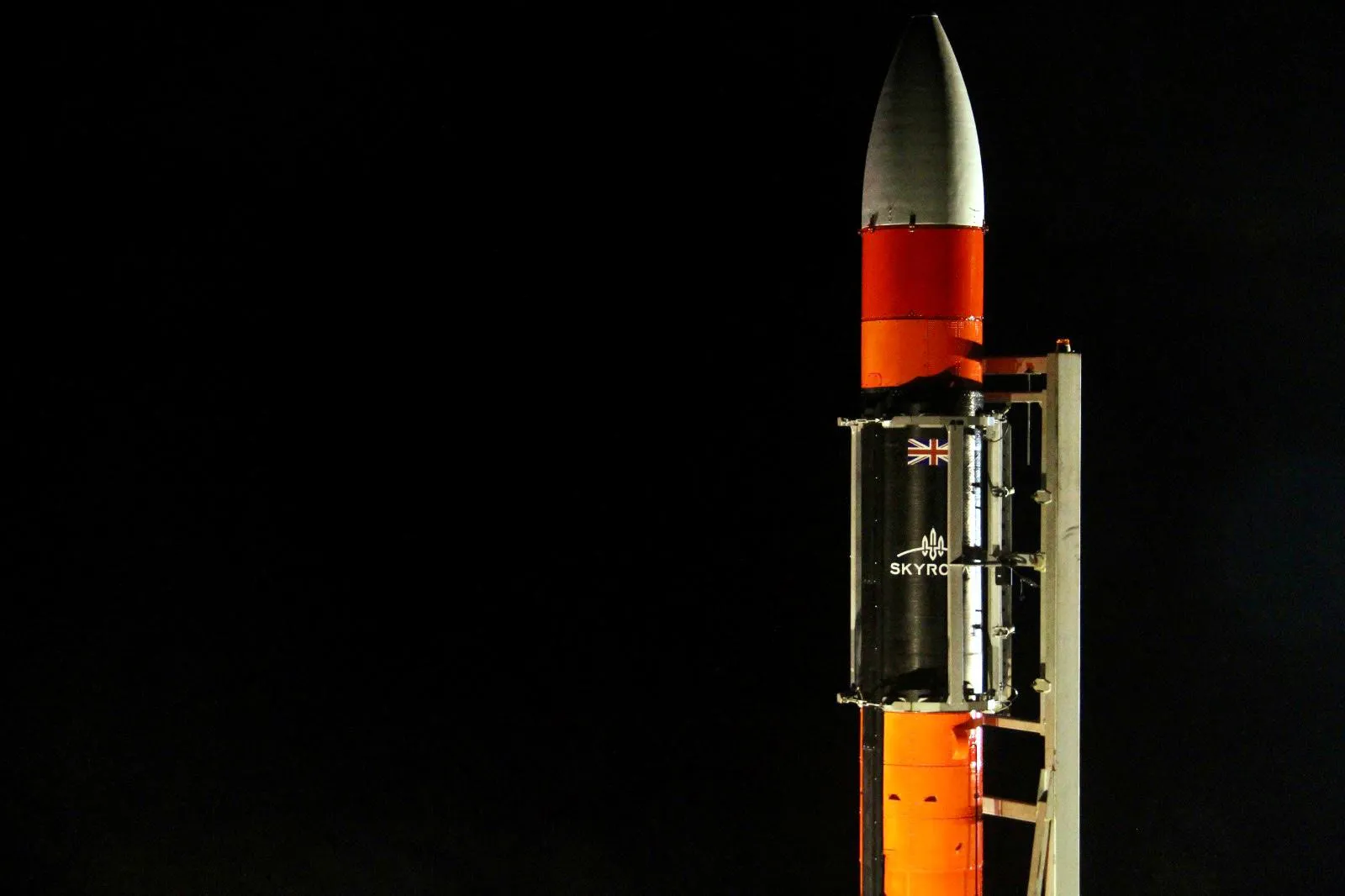ESA satellite proves critical in the dark matter pursuit

Data from ESA’s Gaia satellite has formed the basis for a host of previously unidentified stars, offering fresh
insight into dark matter and galactic cannibalism.
Writing in Nature Astronomy, researchers from the UK, US and Australia cited data from the Gaia programme when making the case for a dark matter halo surrounding the Tucana II ultrafaint dwarf galaxy.
Accompanied by data from the Australian National University SkyMapper telescope, the team identified nine stars at the edge of Tucana II, demonstrating the system to be markedly more expansive than previously thought.
“In order to hold onto those stars and not have them be tidally stripped by the Milky Way, Tucana II needs to have a lot of mass,” said Dr Denis Erkal of the University of Surrey. The researcher and author of the study explains that the visibly observable mass of Tucana II isn’t sufficient to suspend the stars in place, and that some other invisible force is at play.
It was first in 1933 that Swiss astronomer Fritz Zwicky observed a similar phenomenon. He reasoned that a subset of matter, invisible to the human eye, was pulling observed celestial bodies. Zwicky dubbed this type of matter that does not absorb, reflect or emit light dunkle materie or “dark matter”.
Several decades of improved technical capability have led to increasingly reliable observations, confirming Zwicky’s findings. On Monday, Dr Erkal and his team applied that same reasoning to the latest data available, uncovering a deeper understanding of the Tucanna II galaxy.
The paper explains that Tucana II would have to contain approximately four times more dark matter than previously thought. The newly discovered stars are approximately 3,500 light years from the centre of the galaxy, compared with the previously known stars which were an estimated 1,100 light years from the centre. The newly discovered stars are also found to have an even lower metal content, suggesting they are older.
The paper suggests that the earliest galaxies might have been far larger than previously expected. The team say it would now be interesting to take a closer look at other ancient dwarf galaxies to see if they too have stars far from their centre.
This research is built on freely available data from the Gaia programme. The ESA programme, which was launched in 2013 aboard Soyuz, set out to determine the position and velocity of a billion stars, creating the largest and most precise 3D map of the Milky Way to date.
For objects 4000 times fainter than the naked eye limit, Gaia would measure their positions to an accuracy of 24 micro-arcseconds, comparable to measuring the diameter of a human hair at a distance of 1000 km. By comparison, Gaia’s predecessor Hipparcos could have measured the diameter of a human hair at a distance of 20 km.
The Tucana II galaxy is approximately 163,000 light years from Earth and is thought to have originated from one of earliest galaxy formations in the universe. The Milky Way is surrounded by dozens of similar ultrafaint dwarf galaxies and other contenders for closer inspection of their stellar make-up.
The paper has also prompted questions of galactic cannibalism, the merging of two galaxies. Hans-Walter Rix, the director of the Max Planck Institute for Astronomy in Heidelberg, cautioned that the proposed scenario of galactic cannibalism was at present only a theory.
The path to the results’ proposed implications for galactic cannibalism in the early universe, appears plausible and intriguing, but not unique or very cogent.
References
1. Chiti, A., Frebel, A., Simon, J., Erkal, D., Chang, L., Necib, L., Ji, A., Jerjen, H., Kim, D. and Norris, J., 2021. An extended halo around an ancient dwarf galaxy. Nature Astronomy.
2. Davis, N., 2021. Discovery of stars sheds new light on dark matter and galactic cannibalism. [online] the Guardian. Available at: https://www.theguardian.com/science/2021/feb/01/discovery-of-outer-stars-of-dwarf-galaxy-sheds-new-light-on-dark-matter [Accessed 2 February 2021].
3. Sci.esa.int. 2021. ESA Science & Technology - Gaia. [online] Available at: https://sci.esa.int/web/gaia [Accessed 3 February 2021].



